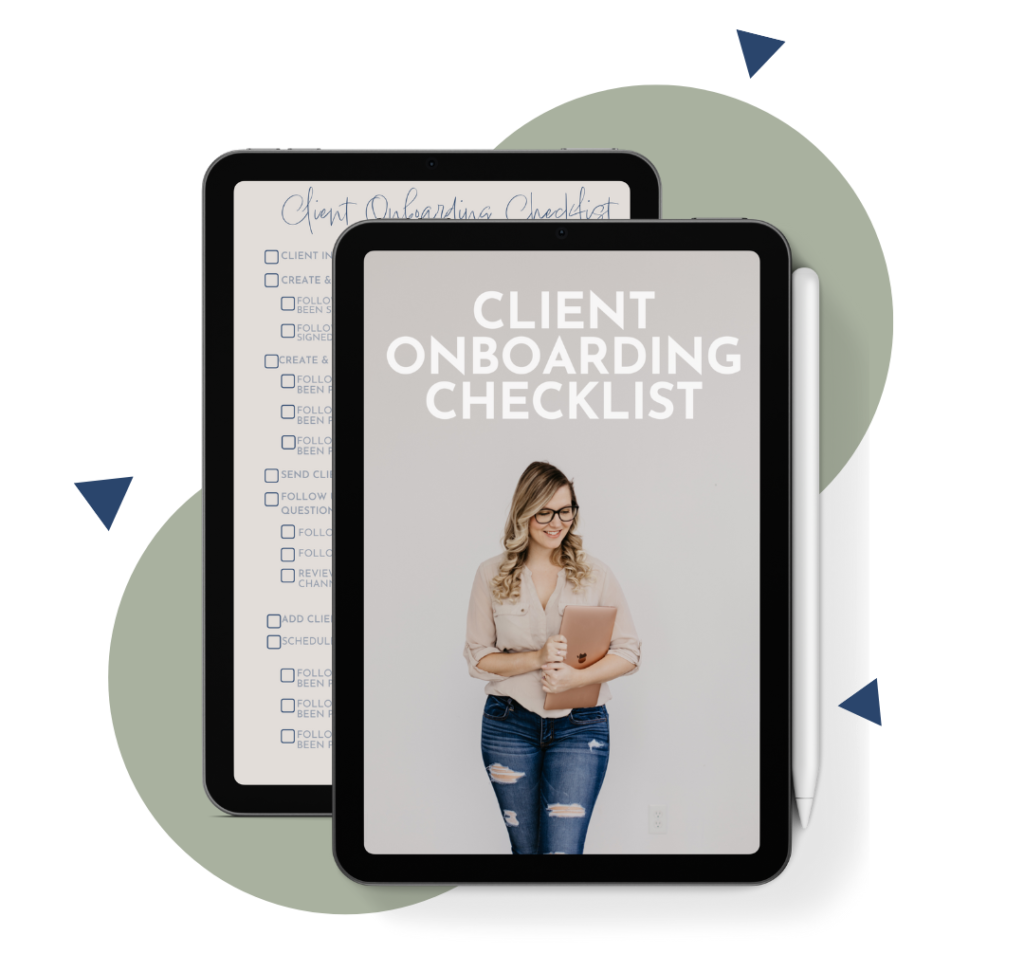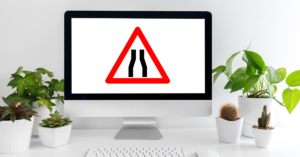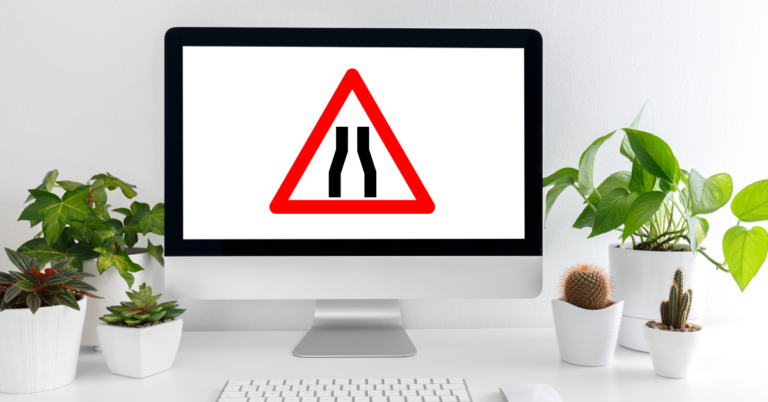
Secrets to Effective Discovery Calls with Clients
One thing that coaches, virtual assistants, OBMs, and other service providers have in common is the discovery call.
A discovery call (or fit call, consulting call, etc.) is a free call where service providers can chat with potential clients and see if they’d be a good fit. It’s the first step in creating a working relationship, so you want your discovery call to be successful from the moment the client says “hello.”
However, performing a discovery call can be intimidating- especially if sales calls aren’t your strong suit. You want your client to have confidence in you and your abilities, and YOU want confidence in your ability to meet their needs.
So, here are five ways to have effective discovery calls with your clients.
Have a Qualifying Form
A qualifying form is my biggest secret to discovery call success, and it goes a long way in helping me field requests and choose the right clients.
At the beginning of the discovery call, have your potential client fill out a form with these questions:
- What services are they interested in (in detail)?
- What is their budget for those services?
- Have they worked with a service provider before?
- If so, why did (or didn’t) it work out?
- Why did they pick now to look at (your niche) provider?
- Anything else you may want to know
These qualifying forms will help you weed out legitimate clients from those looking for information.
For example, you don’t want a call from someone with a $500 budget if your services begin at $2000. That would waste your time, waste their time, and decrease your discovery call efficacy because, even if you have what they need, their budget means you can’t work with them.
It’s not worth the hassle, so get those qualifying forms ASAP.
Ask the Right Questions
A discovery call is all about, well, discovery. And part of that discovery means asking the right questions.
Use the time to ask about their pain points, what solutions they need, and identify their problem areas. You can also use those qualifying forms to lead the discussion- clarifying questions and digging deeper into the root of their issues.
Ask them about their previous experience with service providers, how they prefer to communicate, their business goals, etc.
Then, trust your gut. If you feel like you’d work well together, move the potential client to the next step of the process. On the other hand, if something feels off, or you sense they’d be a problem client, you can politely decline.
But you have to ask the questions.
Set Proper Expectations
The discovery call is also a way for potential clients to learn more about you, so it’s the perfect chance to set your expectations before committing to the project or client.
During the call, let your client know about your work hours, the tools you use, how you communicate, how you deliver services, how (and when) they can expect to hear from you, and how they’ll pay for your services.
Communication is the backbone of every working relationship, so establishing boundaries early on will help you avoid issues later on.
Ensure the potential client understands and agrees to these expectations, and get it on record if possible. That way, if they try to backtrack or don’t follow the agreed outline, you’ll have evidence and can let them go.
Don’t Be Afraid to Pitch Your Services
The person booking a discovery call is already interested in your services, so you shouldn’t be afraid to use those calls to give them your best sales pitch. It doesn’t even have to sound sales-y, either.
Keep it natural and genuine, emphasize how you can meet their needs with examples, explain the cost, outline your experience, and assure them that you have what it takes to get the job done. It’s ok to hype yourself up, as long as you add real numbers and examples for the potential client to use in their decision.
For example, you could say “I’ve worked with a business very similar to yours, and I noticed that implementing XYZ helped them achieve ABC results. I believe I can do the same for you. Here’s my experience, the tools I have, how much it costs, and how I can use them to take your business to the next level.”
Then, it’s just a matter of answering their questions.
Follow Up
Before you end the call, tell your caller when to expect a follow-up, how to expect it, and the next steps.
Then, it’s up to you to keep that expectation. If you say you’ll email them in a week, then email them in a week. That way, they’ll know what to expect and can grow to trust that you’re a person of your word.
Also, don’t be discouraged if they don’t hire you immediately. It usually takes 7-10 points of contact before someone becomes a client, so keep following up with them until they agree and buy something.
However, if they say no or decide to go in a different direction, respect their decision and remove them from your leads.
Final Thoughts
That’s my secret to effective discovery calls, and I’ve used this exact method for years and have an 82% conversion rate with my clients because of it.
Therefore, if you put in the effort and do the work, your discovery calls could lead to a higher conversion rate, better income generation, and more fulfilling clients.
Pin This Post

Meet Bai-Leigh
OBM & Systems Strategist
It’s time to strategize, scale, and skyrocket with systems. I’ve made it my mission to help simplify and streamline online businesses using the best systems and processes for you, the business owner.
I have helped over 100+ businesses scale their business using efficient and repeatable systems so that they can continue with their zone of genius while I take care of the rest.
From processes, systems, efficiencies, and automations – I do it all. If you’re looking for a strategic partner then you’ve come to the right place.
Interested in getting started? You can book a FREE Discovery Call below!

Client Onboarding Checklist
Provide your client with an automated and seamless experience – every time with this Client Onboarding checklist.
It covers all of the basic parts of onboarding and a few pieces to make onboarding stand out.
If you want to have clients buzzing about your onboarding you need this checklist.
Recent Posts


Budget Friendly Ideas for Generating Leads

How to Find and Solve Bottlenecks in Your Processes
Related Posts

How to Create a Case Study
Case studies are fantastic pieces of marketing that every business should use, and you can create and use them in a hundred different ways.

How to Find and Solve Bottlenecks in Your Processes
Bottlenecks are annoying spots in your processes that can cause general chaos within your business. Here’s how to fix them.

Breaking Common Myths About Your Processes
Time to bust common myths about your processes so you can separate the facts from the fiction and whip your business into shape.


